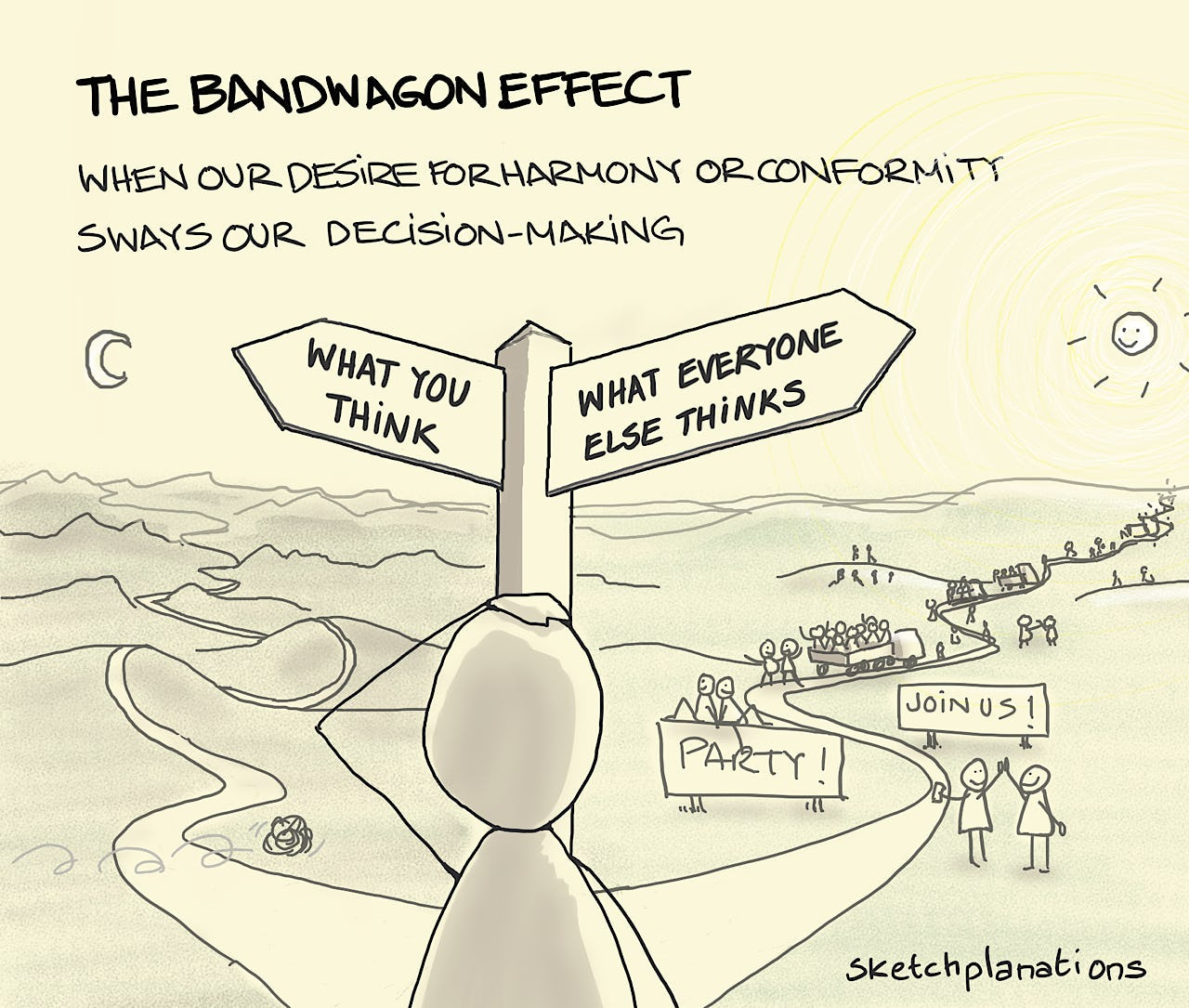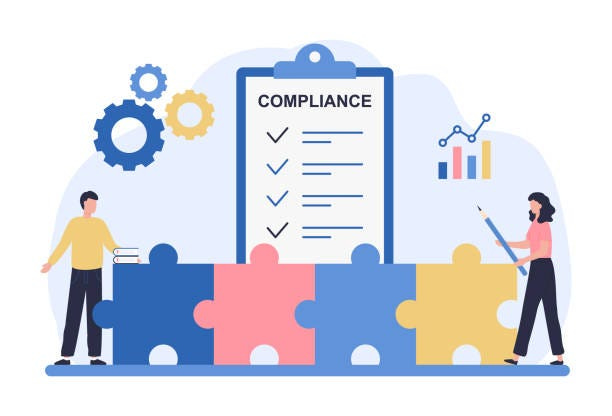Product Sense: What is it, Why it's Needed, and How to Keep it Fresh
Acquiring product sense takes time and is never complete. It calls for blending your unique experiences with customer empathy and creative problem solving.
I was recently asked, how do you grow product sense? While many articles highlight its importance, the journey to developing it often seems shrouded in mystery.
To answer this question, I’ll take a step back and begin with what is product sense? Then dive into, how do you get it? Is it necessary or a nice to have? And close with, does product sense go stale over time?
Given the almost mythical nature of product sense, some warning verbiage might be needed… The views, thoughts, and opinions that follow are my own, they do not necessarily represent those of my friends, family, pets, communities, or other galaxies far, far, away.
What is product sense
At a high level, product sense is understanding what makes for a high-quality product for your customers (empathy) and having strong, validated opinions about what solutions will be successful (creativity). For example, being able to proactively (1) identify important customer problems to solve in support of company goals and (2) build a compelling strategy to address those problems.
Scenarios where a need for product sense is sought include having the skills and insight to tackle the following:
How can you enhance an existing product to better meet customer needs and preferences?
What features should be prioritized in a new product to effectively solve key user pain points?
How do you identify and interpret key data points to achieve product-market fit?
None of these questions are easy. Nor will you magically wake up one morning and have all the answers in your head. Instead obtaining product sense takes time. It requires listening to your customers, understanding their pain points (especially those that go unsaid), and being able to devise an approach that aligns with your business or organization.
These characteristics of product sense may sound similar to being a product manager. They are, yet, they are only one important aspect of the role. At the start of your product management career, you learn what is involved in being a product manager. You gain the skills needed to apply and turn product sense into action. The following image does a great job of conveying this nuance.
I appreciate the desire to want to dive in and do it all right from the start. Don’t lose that energy. Instead recall other parts of your life. Let’s say you want to run a marathon. That’s awesome, but you should probably have experience walking or running a short distance first. Once you have the foundational knowledge to tackle short distances, you have the grounding to define your approach to running a marathon. At each stage, you’re learning - building your product (running) sense.
How do you develop product sense?
Expanding on the prior section, at the start of your product career, you typically work alongside another product manager or colleague who has more experience - in the product, customer, and/or business. The product strategy and product roadmap will be shared with you, but you will not define them. Instead in your area of work, you will be given the priorities to deliver.
Right from the start, you get whiffs of product sense. You learn from your more experienced colleagues about the customer insight that went into shaping their thinking. Lean into curiosity and be open minded. Seek diverse perspectives using prompts such as the following:
Can you share the customer insights that influenced your approach?
If you could start again, would you do anything differently?
How has your user understanding evolved since working on this product?
Once you have a foundation in what it means to be a product manager, you will be given a new area of work to explore; an item that has not yet been prioritized. Apply the knowledge from your colleagues to start determining what would be of value to customers and to the business. At each stage of the product development lifecycle there is an opportunity to increase your product sense.
Discovery - Uncover customer needs through market and user research. Explore the problem space which aligns with your business. Each finding is an opportunity to gain customer empathy and grow your product sense.
Definition - Refine your knowledge by testing the riskiest hypothesis. With every new learning your customer empathy (product sense) builds, and your route to an MVP becomes clearer.
Development - Pilot early stage ideas with customers to identify and build an MVP. You are gaining additional domain knowledge and creative insights (product sense) which enhances cross-functional collaboration.
Delivery - Refine your MVP and subsequent build outs with customer feedback and cross functional input. Product sense has enabled you to reach this milestone as empathy for your customers continues to grow.
Is product sense necessary or a nice to have?
Even though product sense is a critical component of product management, it is not the only skill a product manager calls upon. Yet, without product sense a product manager would be leaving customer understanding (empathy) and effective solution development (creativity) to chance. You’d be blindfolded, spun around a few times, and then asked to throw a dart at a dart board. You might hit the board, but your chances are slim.
Thoughts might be bouncing to Steve Jobs or Henry Ford suggesting asking customers what they want is not effective, as customers base their response on what they currently know is possible.
Some people say give the customers what they want, but that's not my approach. Our job is to figure out what they're going to want before they do. I think Henry Ford once said, "If I'd ask customers what they wanted, they would've told me a faster horse." People don't know what they want until you show it to them. That's why I never rely on market research. Our task is to read things that are not yet on the page. - Steve Jobs (link)
Product sense does not mean building products exactly to customer specifications. It means mixing together insight into customer wants, needs and expectations with market trends, emerging technology developments, and competitor insight plus the company’s unique product know how.
It’s product sense that lets you extract what customer are actually seeking. It’s product sense that enables you to collaborate with your colleagues to create a new approach which surpasses their expectations in a way that puts alternative offerings to shame.
If your customers do not want change, that’s product sense too. You know where, when and how to lean into evolving your product in a way that retains and does not alienate your customers.
Does product sense go stale over time?
Product sense can go “stale” and requires topping up. If you have left an industry or company and then returned a few years later, it’s likely the market has moved on. New competitors will have entered, new technologies introduced, and subsequently customer expectations changed. As a result, a product manager should continually devote time to building up their product sense by following trends, tracking thought leaders, attending conferences, and reading market research.
A product manager can enter a company with a level of product sense from time at a competitor in the same or a similar industry. That prior experience will not be enough as each company has a slightly different approach and/or positioning in the market which necessitates gaining new customer and product insight.
As there are numerous paths into product management, product sense also can be gained from experience in another role. For example, when I was at Macromedia (before being purchased by Adobe), I was a marketing customer of a CRM product by an early dot.com called E.piphany. Then I joined E.piphany. Even though I entered with customer empathy, I only had my experience to call upon. I knew the market and technology, but only through a marketing lens. I needed to build up my product sense by learning from other E.piphany customers, colleagues and developments.
Does product sense vary by industry or role?
In regulated fields like healthcare or education, product managers might lack direct customer access. Each interaction along the way introduces different viewpoints. A therapist may be required to ask clients to complete a complicated form due to insurance purposes. Apply product sense to identify creative ways to make the experience as painless as possible for the therapist and client. In a similar manner, leaning into product sense helps balance the academic rigor desired by teachers and parents with a learning science approach that will engage students.
In regulated industries, the need for sharing insight gained by any part of the business ramps up to 11. The leads across disciplines - from product to design to customer success and beyond - should actively break down silos and distribute up-to-date customer insight. I recommend leaning into collaboration not credit to ensure access to customer insight does not become a “privilege” of a select few employees or teams.
If access to customers is insufficient, empower your team - and yourself - to lean into creative opportunities. For example, customers can be engaged at conferences, through market research studies, via customer success calls, joining sales discussions, and through data analysis.
What to do once you have product sense?
Bias towards action and start exploring the edges, what others have ignored. Identify two-way door decisions others are not willing to pursue because the work involved is difficult. Lean into your gut feeling and approaches such as the following:
Risk is not for the faint of heart nor is product management.
If someone says “you’re crazy”, you’re on the right track.
Stop stressing about ‘doing product right’. Instead focus on what you could do to make your product better for your customers.
Nobody has it all figured out. If the work doesn’t look exactly like a case study you read, that’s ok.
Why? Customers have product sense too. They can sense when a company is passionate about their products. Jony Ive shares customers can sense the care and craftsmanship put into a product, even if they can't articulate why. Creating thoughtful, well-designed products is a differentiator that drives customer satisfaction and retention.
Help others develop their product sense. Remember people-first product leadership means helping others tackle new challenges themselves, not just giving them solutions. Encourage the sharing of ideas and brainstorming together, so all involve can grow product sense too. Together you will end up with a very happy customer.











